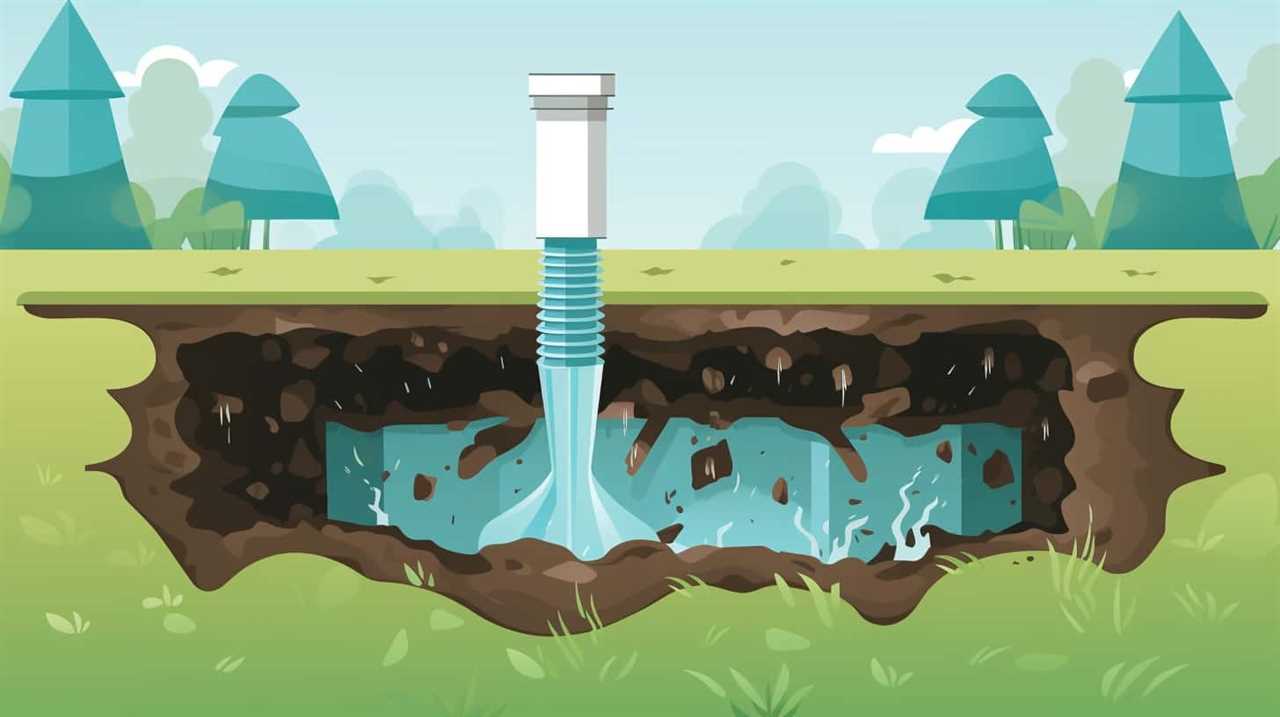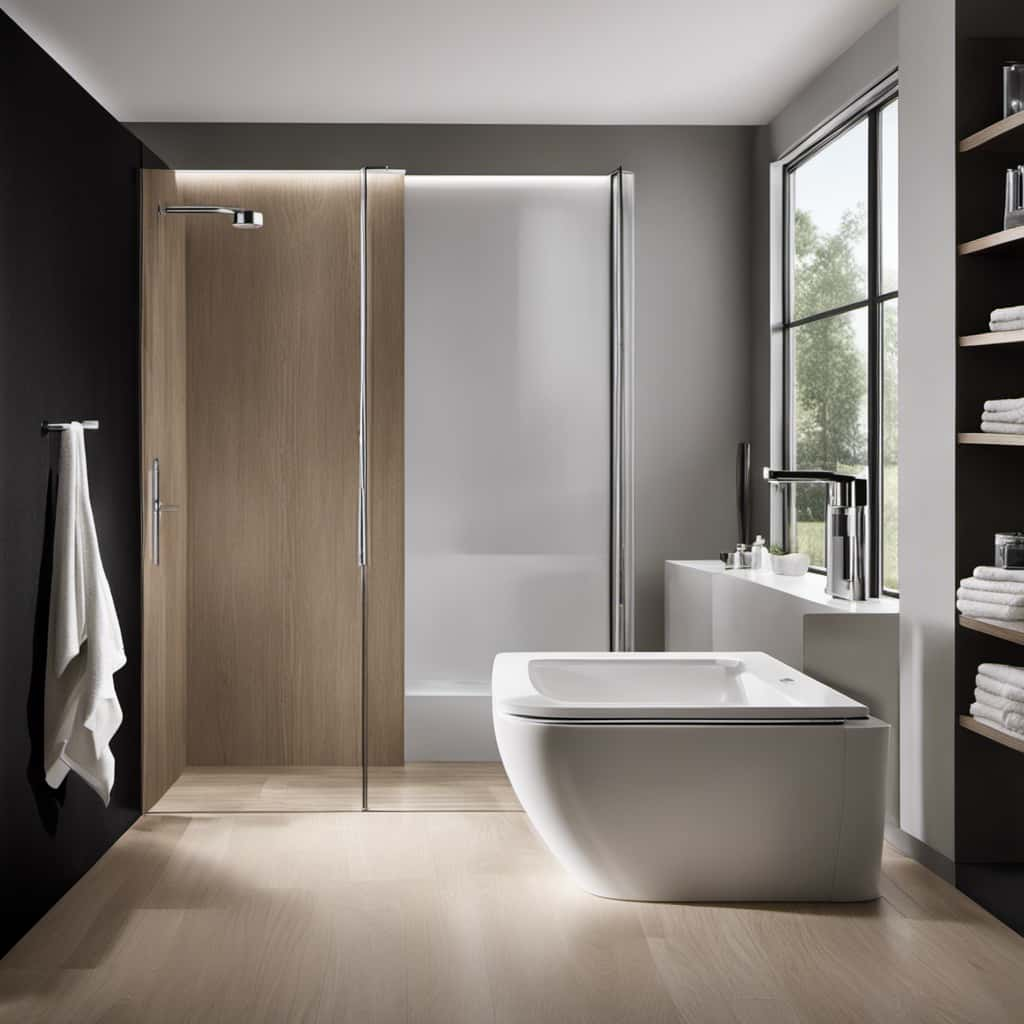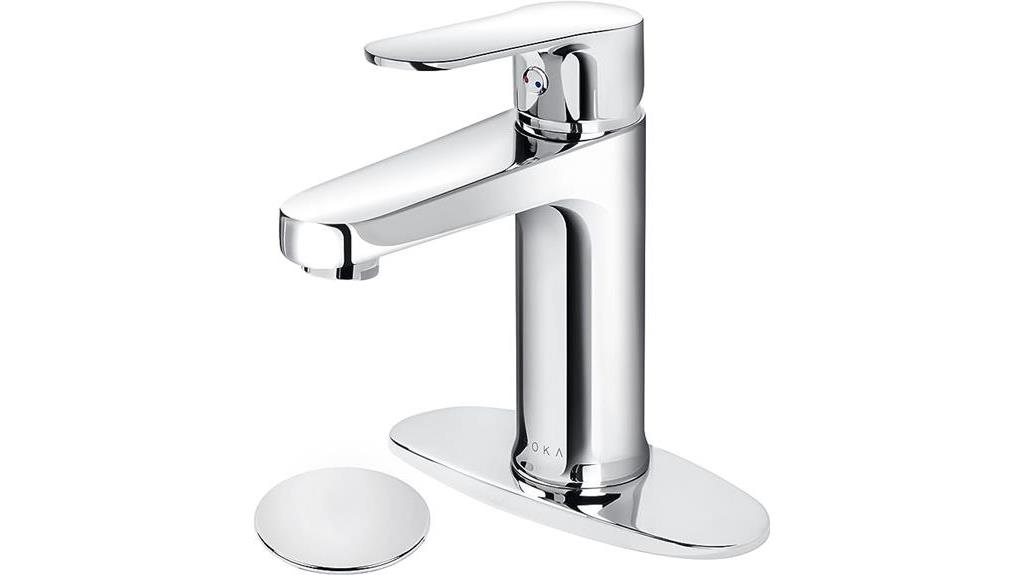Are you debating between a flush valve and a flush tank? Look no further, as we have all the information you need right here!
In this article, we’ll be exploring the pros and cons of both options, comparing their water efficiency, discussing installation and maintenance considerations, and even delving into the cost comparison.
By the end, you’ll have all the knowledge you need to make an informed decision.
Let’s get started, shall we?

Key Takeaways
- Flush valves are more water-efficient, releasing a specific amount of water per flush, while flush tanks often use more water than necessary due to their larger storage capacity.
- Flush valves offer long-term cost savings due to their durability and reduced need for repairs or replacements, while flush tanks may require more frequent maintenance or replacement.
- Flush valves have a lower environmental impact, contributing to water conservation and overall environmental preservation.
- When choosing between flush valves and flush tanks, factors such as water efficiency, cost implications, and environmental considerations should be taken into account.
Flush Valve Pros and Cons
The flush valve has both advantages and disadvantages when compared to the flush tank.
One of the main advantages of a flush valve is its durability. Unlike flush tanks, which are prone to leaks and cracks over time, flush valves are designed to be more robust and long-lasting. This means that you won’t have to worry about frequent repairs or replacements, saving you time and money in the long run.
Additionally, flush valves are known for their quiet operation. Unlike flush tanks, which can be noisy when refilling, flush valves operate silently, providing a more peaceful bathroom experience.
Flush Tank Pros and Cons
When considering flush tanks, it’s important to weigh the advantages and disadvantages. Here are some pros and cons to consider:
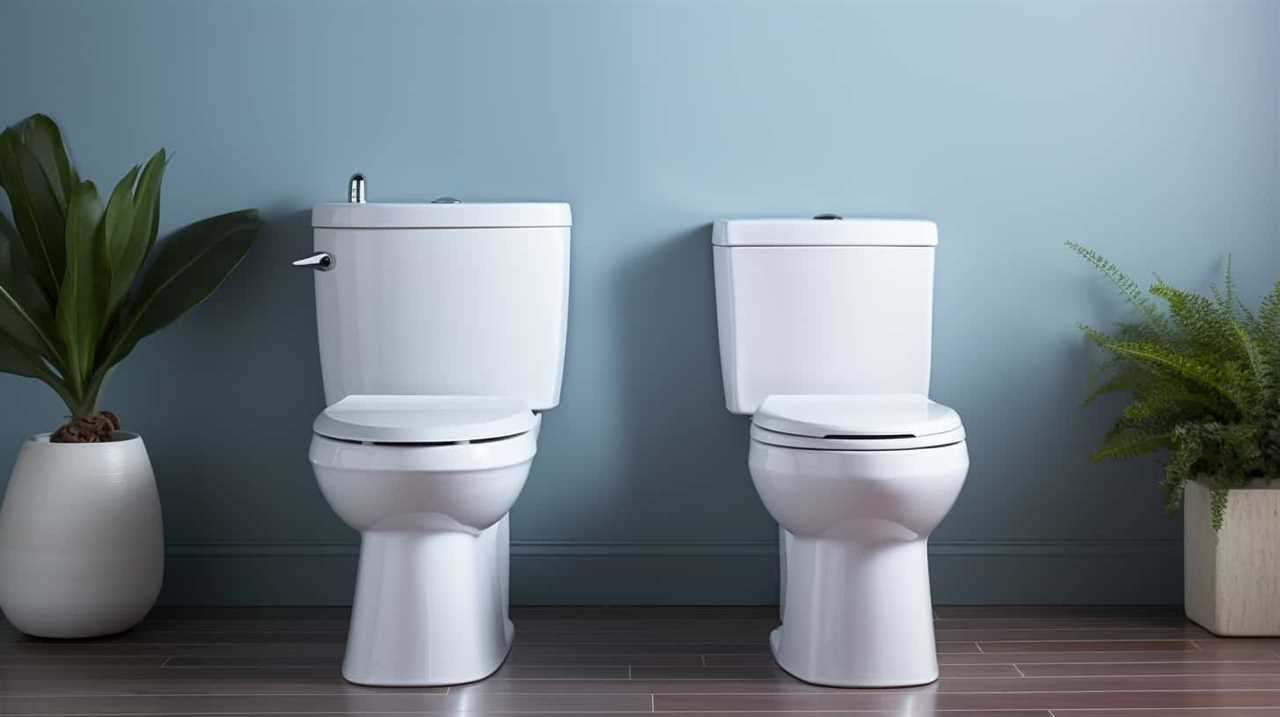
- Pros:
- Easy installation process: Flush tanks can be easily installed in most bathrooms, making it a convenient option for homeowners.
- Water conservation: Flush tanks allow for adjustable water usage, which can help reduce water consumption and contribute to environmental sustainability.
- Reliable flushing power: Flush tanks typically provide a strong and efficient flush, ensuring proper waste removal.
- Cost-effective: Flush tanks are generally more affordable than flush valves, making them a budget-friendly choice for many.
- Cons:
- Limited design options: Flush tanks may have limited design options compared to flush valves, which can limit customization possibilities for bathroom aesthetics.
- Potential for leaks: Over time, flush tanks may develop leaks or cracks, requiring maintenance or replacement.
- More space required: Flush tanks can take up more space in the bathroom compared to flush valves, which may be a concern for smaller bathrooms.
- Higher risk of clogs: Flush tanks may be more prone to clogging compared to flush valves, requiring more frequent maintenance.
Considering these pros and cons will help you make an informed decision when choosing between flush tanks and flush valves.
Water Efficiency Comparison
Comparing water efficiency between flush valves and flush tanks, we found that flush valves tend to be more water-efficient. Flush valves are designed to release a specific amount of water per flush, allowing for better control over water usage. In contrast, flush tanks often use more water than necessary due to their larger storage capacity. This makes flush valves a more environmentally friendly choice, as they help conserve water and reduce the strain on natural resources.
To further illustrate this point, let’s take a look at the water efficiency comparison between flush valves and flush tanks:
| Flush Valves | Flush Tanks | |
|---|---|---|
| Water Consumption | 1.6 gallons | 3.5 gallons |
| Environmental Impact Analysis | Low | High |
| Water Saving Technologies | Yes | No |
As shown in the table above, flush valves typically consume 1.6 gallons of water per flush, while flush tanks use 3.5 gallons. Additionally, flush valves incorporate water-saving technologies, further reducing their environmental impact. Overall, choosing a flush valve over a flush tank can contribute to significant water conservation efforts.

Installation and Maintenance Considerations
To properly maintain and ensure the efficient operation of flush valves and flush tanks, regular inspections and maintenance should be performed. Here are some important considerations to keep in mind:
- Flush valve vs flush tank: environmental impact: When it comes to environmental impact, flush valves are generally considered more efficient than flush tanks. Flush valves use a predetermined amount of water for each flush, reducing water waste compared to flush tanks that may use more water than necessary.
- Water pressure requirements: One important factor to consider when choosing between a flush valve and a flush tank is the water pressure requirements. Flush valves typically require high water pressure to operate effectively, while flush tanks can work with lower water pressure.
- Regular inspections: It’s important to regularly inspect flush valves and flush tanks for any leaks, blockages, or malfunctions. This will help identify any issues early on and prevent further damage or water wastage.
- Maintenance: Regular maintenance should include cleaning and replacing any worn-out parts or seals. This will ensure proper functioning and prevent any water leaks or inefficiencies.
Cost Comparison
Let’s consider the cost comparison between flush valves and flush tanks.
When it comes to upfront costs, flush valves tend to be more expensive than flush tanks. This is because flush valves are typically used in commercial settings and require specialized installation. On the other hand, flush tanks are commonly found in residential homes and are generally more affordable.
However, it’s important to consider long-term costs as well.
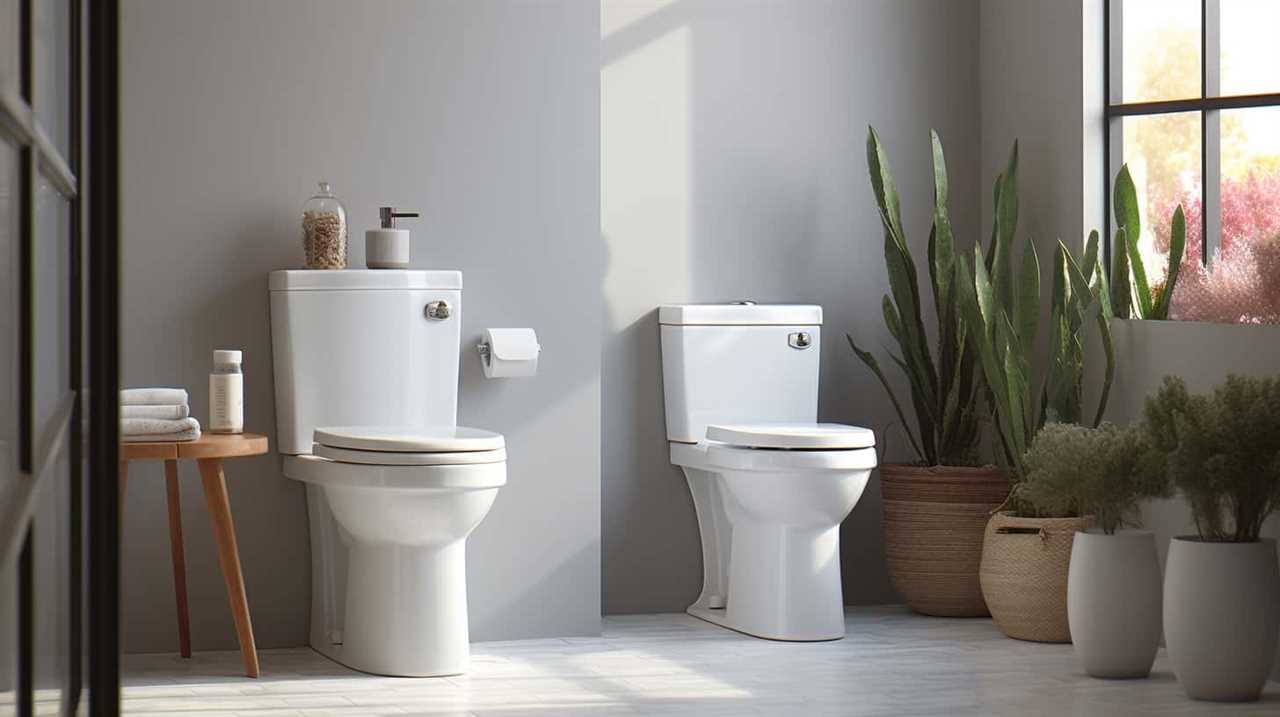
Flush valves are known for their water-saving capabilities, as they only release a specific amount of water per flush. This can result in significant savings in water usage and utility bills over time. Additionally, flush valves have a lower environmental impact compared to flush tanks, as they use less water per flush.
Frequently Asked Questions
Are Flush Valves More Suitable for Commercial or Residential Use?
In terms of water efficiency, flush valves are more suitable for commercial use due to their ability to handle high traffic. However, flush tanks are more cost-effective for residential use, offering a lower upfront cost and easier installation.
How Long Does a Flush Valve Typically Last Before Needing Replacement?
Flush valves typically last several years before needing replacement. To troubleshoot common issues, check for leaks, adjust the water level, and clean the valve. Pros of flush valves include efficient water usage, while cons include potential clogs and higher cost.
Can a Flush Tank Be Converted Into a Flush Valve System?
Converting a flush tank to a flush valve system offers several benefits. It increases water efficiency, reduces the risk of clogs, and provides a more powerful flush. Overall, it is a worthwhile upgrade to consider.

Are There Any Specific Plumbing Requirements for Installing a Flush Valve?
Installing a flush valve requires following specific plumbing regulations. The benefits of flush valves include water efficiency and reduced maintenance. They can be a cost-effective and environmentally-friendly option for your plumbing system.
Do Flush Valves Require Any Special Maintenance or Cleaning Procedures?
Flush valves require regular maintenance and cleaning procedures to ensure optimal performance. It is important to follow manufacturer guidelines for maintenance, including periodic inspections, adjustments, and cleaning of the valve and associated components.
Conclusion
In the battle between flush valve and flush tank, it ultimately comes down to personal preference and practicality. Both have their pros and cons, but like two sides of the same coin, they serve the same purpose – efficient water disposal.
So, whether you choose the sleek and modern flush valve or the traditional and reliable flush tank, rest assured that both options will effortlessly whisk away your worries with a flush of sophistication.
